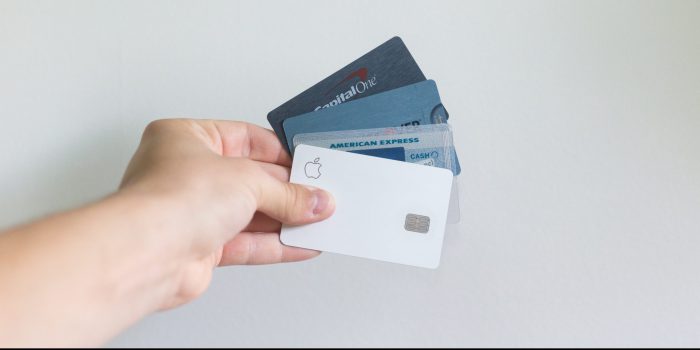A lot has changed under the so-called “new normal,” and financing a small business is no exception. During the Covid-19 pandemic, small business lending saw the acceleration of some long-term trends, like decreased availability of traditional bank loans. Other federally funded financing opportunities were brand new, like the Paycheck Protection Program or the Main Street Lending Program. Overall, the changes wrought by the pandemic will likely continue to affect small businesses throughout 2021, and possibly longer, so it’s a good idea to learn the new lay of the land.
Tightening Credit
A lot has changed under the so-called “new normal,” and financing a small business is no exception. During the Covid-19 pandemic, small business lending saw the acceleration of some long-term trends, like decreased availability of traditional bank loans. Other federally funded financing opportunities were brand new, like the Paycheck Protection Program or the Main Street Lending Program. Overall, the changes wrought by the pandemic will likely continue to affect small businesses throughout 2021, and possibly longer, so it’s a good idea to learn the new lay of the land.
Decrease in Traditional Lending
Just like credit card companies, banks have been less likely to take risks. The pandemic small business lending climate was decidedly frosty in 2020, with many banks requiring higher-than-usual credit scores to secure a loan. Some lenders began asking for additional documentation along with loan applications and credit lines are smaller than they used to be. Businesses in the entertainment, hospitality, and foodservice industries that would normally have no trouble receiving funding have been less likely to receive bank loans.
Though the pandemic accelerated this trend, the availability of loans from traditional banks for small businesses has been decreasing for years. For at least a decade, large banks have been focusing their attention on large companies, rather than local businesses, because of the higher potential payout. This combined with the closing of small, local banks and credit unions means that small business owners had fewer avenues to secure much-needed funding for their businesses during the early days of the pandemic. Businesspeople looking to the future have learned that flexible lending options with short application turn-around times are a better fit for their needs than older venues like credit cards or big chain banks.
Small Businesses Get Resourceful
So, with the contraction of credit from big banks and credit card companies alike, how should small business owners secure funding? Small business owners had to think creatively during the early days of the pandemic to secure the funding they needed for their businesses.
Small businesses were able to secure customizable loans through private lenders without having to put business expenses on a credit card or complete reams of paperwork at a traditional bank. Unlike a credit card, these loans can be secured even with a less-than-perfect credit score.
By combining personalized loan options with federally funded programs like the Paycheck Protection Program and the Main Street Lending Program, small businesses are able to obtain the funding they need quickly.
Final Thoughts
Major events – like a pandemic – increase economic uncertainty. Risk-averse credit card companies and banks tend to restrict credit during these unsure times. Of course, rocky economic climates are exactly when small business owners often need a bit of a boost to keep going. That’s why exploring alternative options, like federally backed loan programs or financing for small businesses with bad credit, can be a better path forward post-pandemic.






